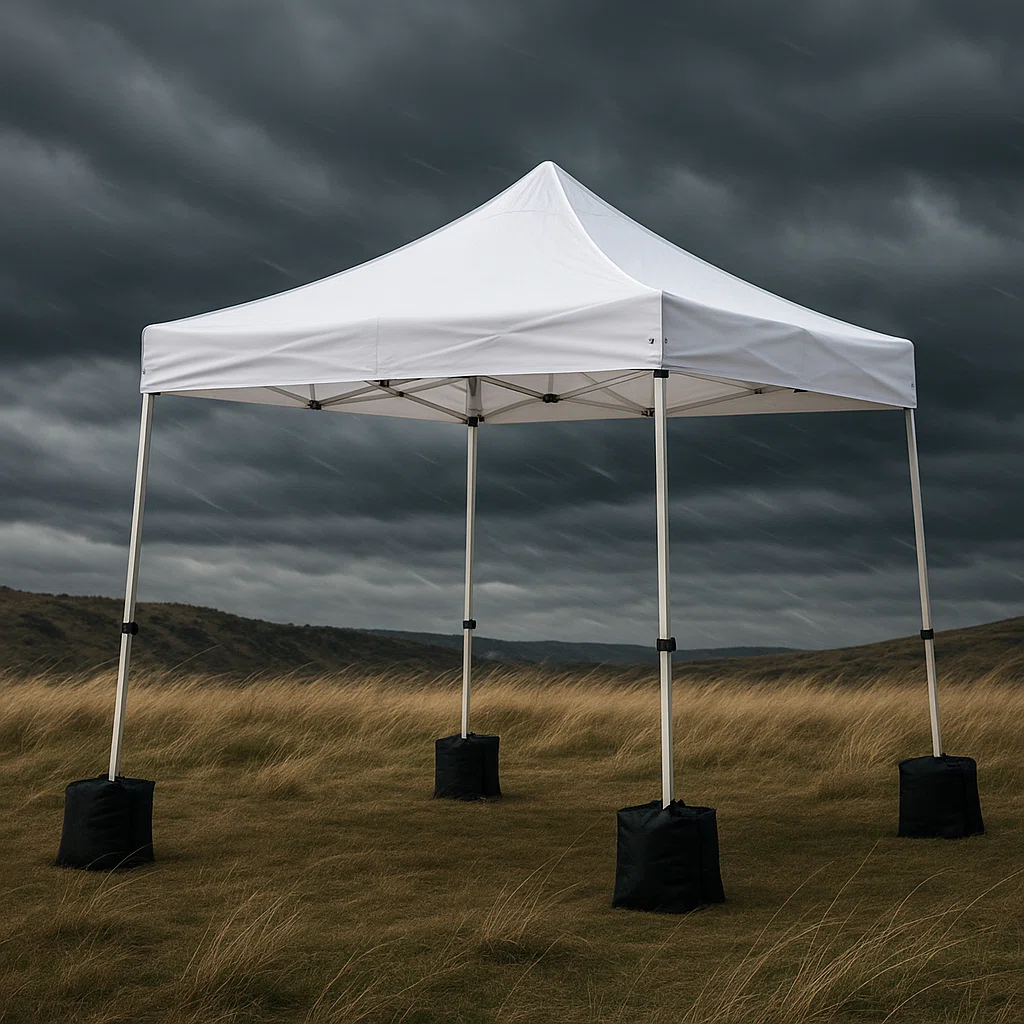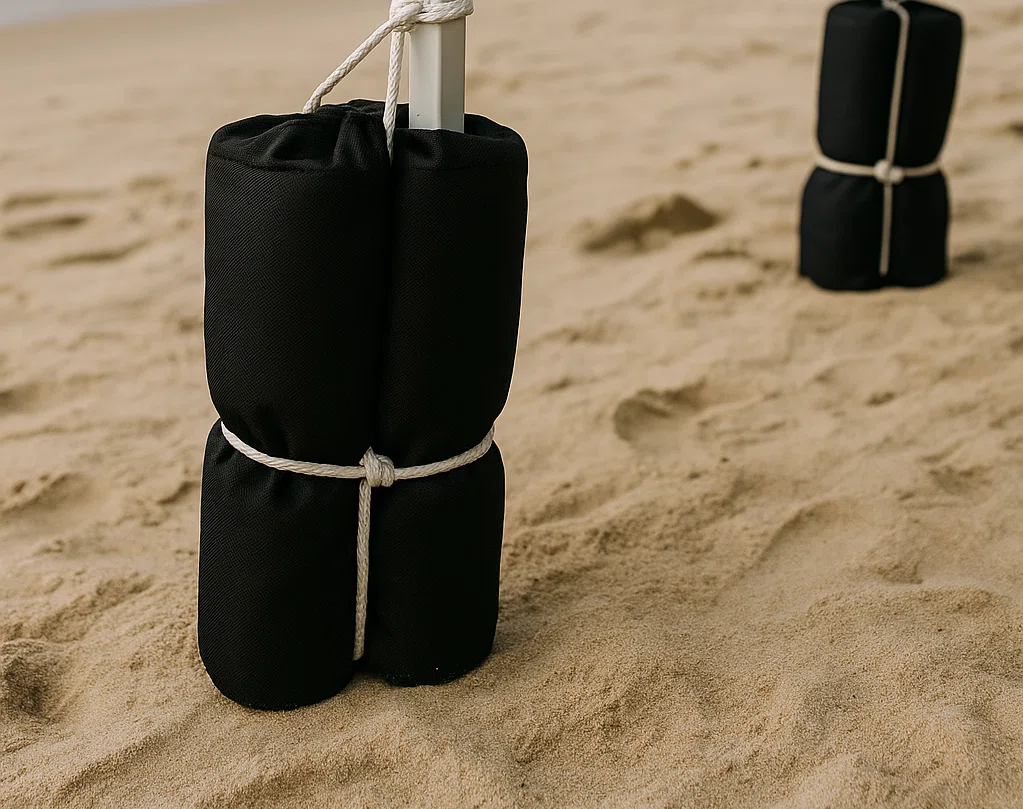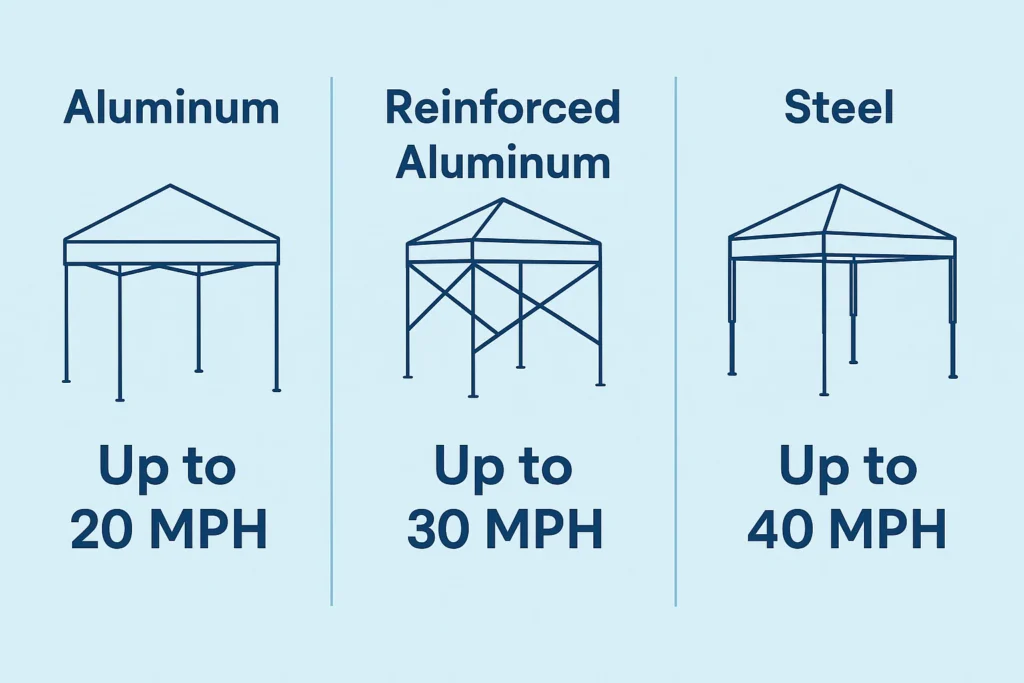Have you ever spent hours setting up your canopy tent, only to watch it sway dangerously or even fly away with the wind? Many outdoor enthusiasts, event planners, and vendors have faced this nerve-wracking situation. The good news is, there are reliable ways to keep your shelter safe and steady.

Understanding Your canopy tent: Why Anchoring Matters
A canopy tent—also known as a pop-up canopy or event shelter—is a portable structure used at festivals, markets, beaches, or backyard events. While its quick assembly makes it popular, its lightweight design can make it vulnerable to wind. Failing to secure your canopy tent isn’t just risky for the tent—it can damage nearby property or even harm people.
Key Factors That Affect Canopy Stability
- Wind Speed: Higher wind speeds increase the risk of the tent collapsing or lifting.
- Design: Aerodynamic designs with vented tops perform better in wind.
- Surface: Flat, stable ground improves anchoring effectiveness.
- Anchoring: Proper anchoring through stakes, weights, or straps is essential.
Best Ways to Prevent Your Canopy From Blowing Away
1. Use Canopy Weights and Sandbags
One of the simplest ways to secure your sun shade canopy is with weights. Use purpose-made weights or fill sandbags with sand, gravel, or rocks. Distribute them evenly at each leg for maximum stability.

2. Stake It Down With Heavy-Duty Tent Stakes
If you’re setting up on grass or soft soil, tent stakes are highly effective. Drive them deep into the ground and secure them with ropes or bungee cords. For extra stability, set the ropes at a 45-degree angle.
3. Tie Down with Ratchet Straps or Ropes
Ratchet straps offer exceptional tension and security, especially on hard surfaces. Connect the straps from the tent frame to stable objects or anchor points for optimal results.
4. Try Water Barrels for Large Canopies
For larger frames or commercial-grade tents, water barrels provide significant ballast. Ensure they’re properly secured to avoid tipping or leaking.
5. Remove Sidewalls in High Winds
Sidewalls can act like sails and catch the wind, increasing the risk of collapse. When strong winds are expected, it’s best to remove them entirely for better wind flow.
How to Choose a Wind-Resistant Canopy
- Material: Look for reinforced polyester or heavy-duty vinyl fabrics.
- Frame: Opt for powder-coated steel or aluminum frames with full truss construction.
- Shape: Curved or sloped roofs perform better in windy conditions than flat tops.
- Size: Smaller tents usually offer greater wind stability, but heavy-duty large models can also withstand wind with proper anchoring.

Pro Tips for Enhanced Safety
- Check weather forecasts before your event.
- Lower your canopy height in gusty conditions to reduce wind exposure.
- Avoid setting up under trees or power lines.
- Disassemble your tent in winds over 30 MPH to prevent damage.
Conclusion
Securing your sun shade canopy doesn’t need to be complicated. With proper planning, the right anchoring methods, and a few safety precautions, you can confidently enjoy your outdoor event—without worrying about your tent becoming airborne.
FAQs: Your Canopy Anchoring Questions Answered
How much wind can a canopy tent handle?
Most canopy tents can withstand winds up to 30 MPH with proper anchoring. For winds above this, it’s best to take the canopy down.
What’s the easiest way to secure a canopy on concrete?
Use sandbags, water barrels, or cinder blocks. For extra strength, fill buckets with concrete or gravel and tie them securely to the frame.
How much weight do I need for a 10x10 canopy?
Generally, at least 200 lbs of total anchoring weight (50 lbs per leg) is recommended for windy conditions on hard surfaces.
For answers to more common questions, visit our FAQ page here.

